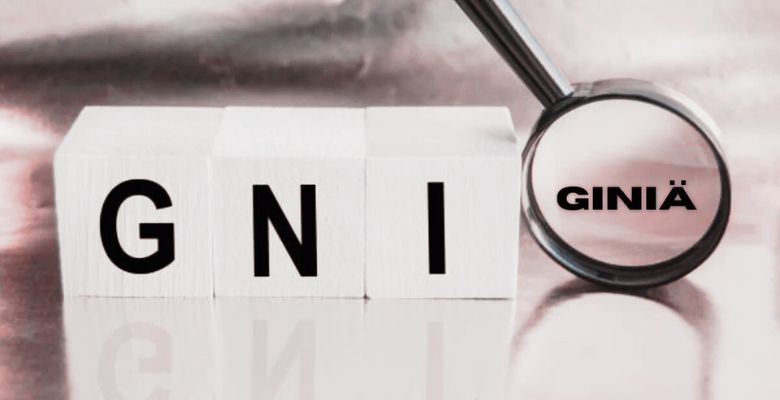In the digital age, unusual codes, strings of characters, and identifiers often appear in online discussions, software, and even social media. While some of these are harmless, others can raise concerns due to their potential associations with security risks, scams, or malware. One such example is the phrase “why is 24ot1jxa bad”, which has become a topic of curiosity for many internet users. This phrase often appears in forums, question boards, and technical communities where people try to understand the origin, purpose, and potential dangers of such codes.
Understanding the Code
The first step in addressing why is 24ot1jxa bad is to determine what this sequence represents. It doesn’t appear to be a common word, acronym, or brand name. Instead, it looks like a random alphanumeric identifier, similar to those used in tracking links, system logs, or unique device identifiers.
The problem with such identifiers is that they can be used for very different purposes:
- Harmless tracking in legitimate analytics.
- Hidden malicious activity if embedded in unsafe software or URLs.
- Spam or phishing identifiers tied to fraudulent campaigns.
Without context, a code like this can seem mysterious — but in the wrong hands, it might carry harmful implications.
Why People Search for It
Many users stumble upon this code while browsing suspicious websites, encountering strange error messages, or receiving unsolicited emails. Others find it embedded in software files or device reports. Naturally, this sparks the question: why is 24ot1jxa bad?
In most cases, the search is motivated by:
- Suspicion of Malware – The code may appear in infected files or shady advertisements.
- Technical Debugging – IT professionals may encounter it in logs and want to ensure it’s safe.
- Curiosity from Social Media – Sometimes, codes go viral after being linked to conspiracy theories or internet challenges.
Potential Risks
Although 24ot1jxa could be entirely harmless in some contexts, there are legitimate reasons for caution:
1. Data Tracking Without Consent
Some websites use hidden codes to track user activity. While tracking itself is common, doing so without consent breaches privacy guidelines and can violate laws like GDPR.
2. Phishing Campaigns
A unique code in a suspicious URL may be designed to identify specific victims. Clicking such a link could lead to fake login pages or malicious downloads.
3. Malware Signatures
Security researchers sometimes catalog identifiers from known malware. If 24ot1jxa matches part of a malware signature, that could explain why cybersecurity circles warn against it.
The Importance of Verification
When encountering unfamiliar strings like 24ot1jxa, the safest approach is not to panic, but to verify:
- Check trusted databases like VirusTotal or hybrid-analysis.
- Scan your system using updated antivirus software.
- Inspect URLs carefully to ensure they belong to reputable domains.
- Consult technical communities for recent reports about the identifier.
By taking these steps, you reduce the risk of acting on misinformation while still protecting yourself from possible harm.
Lessons from Similar Cases
The internet has seen many instances where cryptic codes were flagged as suspicious. For example:
- EICAR Test String – A harmless code used for antivirus testing, which still alarms people at first sight.
- Tracking Pixels – Small, invisible images with unique identifiers that some users mistake for spyware.
- Obfuscated Malware IDs – Strings designed to look random but actually used for malicious targeting.
These examples show that an identifier is not “bad” by default — its intent and usage determine the risk. The same applies when asking why is 24ot1jxa bad.
How Misinformation Spreads
One reason why is 24ot1jxa bad might gain traction online is the rapid spread of unverified claims. A single post claiming that a code is linked to hacking or surveillance can lead to thousands of shares. Without fact-checking, fear can escalate quickly.
To prevent this, it’s important for researchers and users alike to share credible sources and clear explanations, rather than speculation.
Best Practices for Staying Safe
Regardless of whether 24ot1jxa is inherently harmful, adopting good cybersecurity habits will protect you from similar threats:
- Never click on suspicious links shared via email or social media.
- Use a reputable antivirus with real-time protection.
- Enable two-factor authentication on important accounts.
- Keep your software updated to patch known vulnerabilities.
- Educate yourself on recognizing phishing attempts and scam patterns.
These precautions ensure that even if you encounter harmful codes, your exposure remains minimal.
Conclusion
The mystery surrounding why is 24ot1jxa bad is a reminder of how quickly questions about cybersecurity can arise — and how vital it is to respond with careful investigation rather than fear. While such a code could be tied to harmless processes, it could also be linked to tracking, phishing, or malware. The only way to know for sure is through verification using trusted tools and sources.
In an era where random strings of letters and numbers can hold either benign or malicious significance, it pays to stay informed, vigilant, and skeptical. Whether you are a casual internet user or a cybersecurity professional, approaching such mysteries with a balanced mindset is the best way to stay safe.
Read More: hdhubfu











Leave a Reply